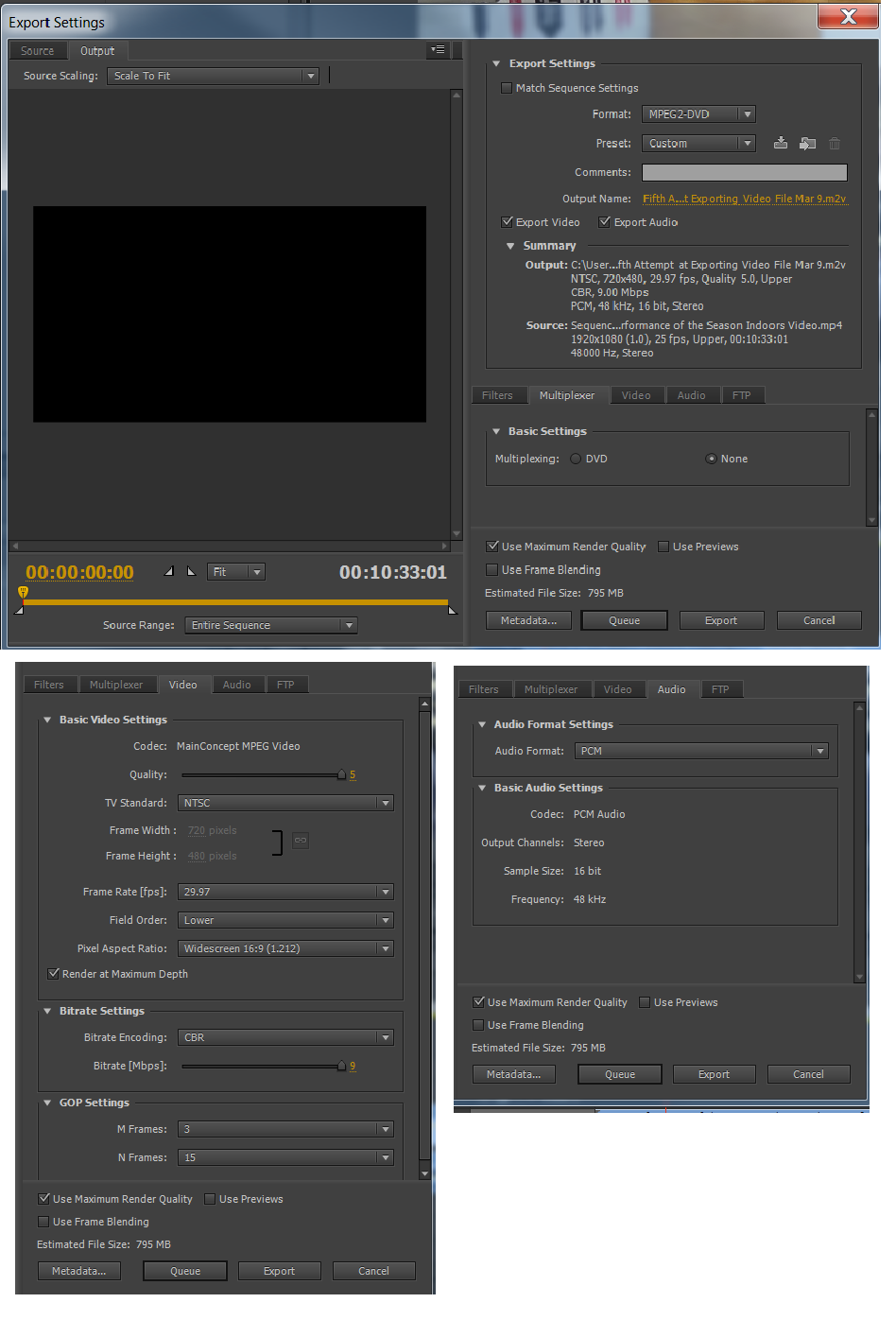

- #BEAUTY BOX PREMIERE EXPORT ENCODING HOW TO#
- #BEAUTY BOX PREMIERE EXPORT ENCODING 1080P#
- #BEAUTY BOX PREMIERE EXPORT ENCODING FULL#
- #BEAUTY BOX PREMIERE EXPORT ENCODING PRO#
- #BEAUTY BOX PREMIERE EXPORT ENCODING PROFESSIONAL#
Bad Scenario 1: Why My Video Gets Cropped after Upscaling? Go to Sequence to render you newly edited footage for a smooth playback, then export to the preferred format. If you prefer a sharper image, you can apply unsharp mask to compensate for the blurred image. Zoom-in your video to check if there are artifacts such as noises that are too conspicuous to tolerant. Besides, you need to decide the number of percentage based on the original and targeted resolution.Įnabling "Set to Frame Size" to Rescale a Video

But you will have to set it manually for each clip. You can also set large percentage in effect control > scale. You might want to delete the clip and re-drag it into timeline to have the right preview. To fix this, you can right click on improperly scaled clips and hit "set to frame size". If you already start editing clips before selecting "set to frame size", you will see black bars around your footage. Import videos into the project bin, drag your clips into the timeline, and you shall see all clips already fill the entire frame, no matter it is 4K or 1080p.
#BEAUTY BOX PREMIERE EXPORT ENCODING PROFESSIONAL#
Many professional editors said jokingly that Adobe should label "Scale to frame size" as "Don't use this option". The drawback is, let's say you scale 4K to 1080p, the next time when you want to zoom in, it will calculate pixels based on the downscaled 1080p. After scaling, you will see the value is still 100%. It will rasterize the footage and in the scale property.
#BEAUTY BOX PREMIERE EXPORT ENCODING FULL#
The benefit is, if you want to resize the footage again later, or adding zoom in/zoom out motion, it will calculate everything based on the original full frames. In the Effects control panel – scale property, you shall see the value changed from 100% to other value. It will change the video resolution to match the sequence settings by resizing, and won't rasterize the footage permanently. Set to frame size is recommended, detailed reasoning below. Set to frame size vs Scale to frame size: What is the difference?īoth will make the footage to fit the full screen (the sequence settings for the resolution). Use Set to frame size as the Default Media Scaling, instead of using Scale to frame size.įrom the menu bar, go to Edit > Preferences > Media, in the pop-up window, find Default Media Scaling, and tick Set to frame size. Upscale Preparation: Create a 4K Timeline
#BEAUTY BOX PREMIERE EXPORT ENCODING 1080P#

Or you can rely on another lightweight video scaler that adopts motion adaptive pixel scaling algorithm that estimate finer resolution data and generate new pixels automatically. If you want to maximize details, it's better to use plug-ins or " details preserving upscale" effect in After Effects via dynamic link.
#BEAUTY BOX PREMIERE EXPORT ENCODING PRO#
Premiere Pro includes a simple algorithm to do this guess work. The more we know about the adjacent pixels, the more accurate it will be. So, if you stretch (scatter) the original 2 million pixels in a 3840x2160 frame, there are 6 million holes to be filled, and these non-existing pixels are created based on adjacent pixels. To illustrate, for a 1080p video, you only got 2 million some pixels to play with, while 4K has 8 million some pixels.
#BEAUTY BOX PREMIERE EXPORT ENCODING HOW TO#
How to Upscale Video in Premiere Pro (Or Downscale)īefore we start, it's good to know that pixels cannot be created out of nothing.


 0 kommentar(er)
0 kommentar(er)
